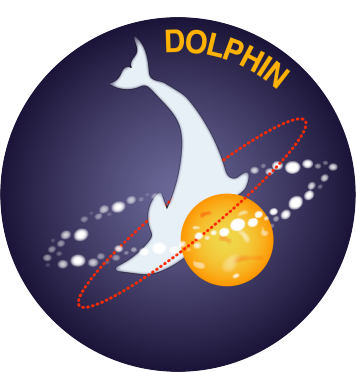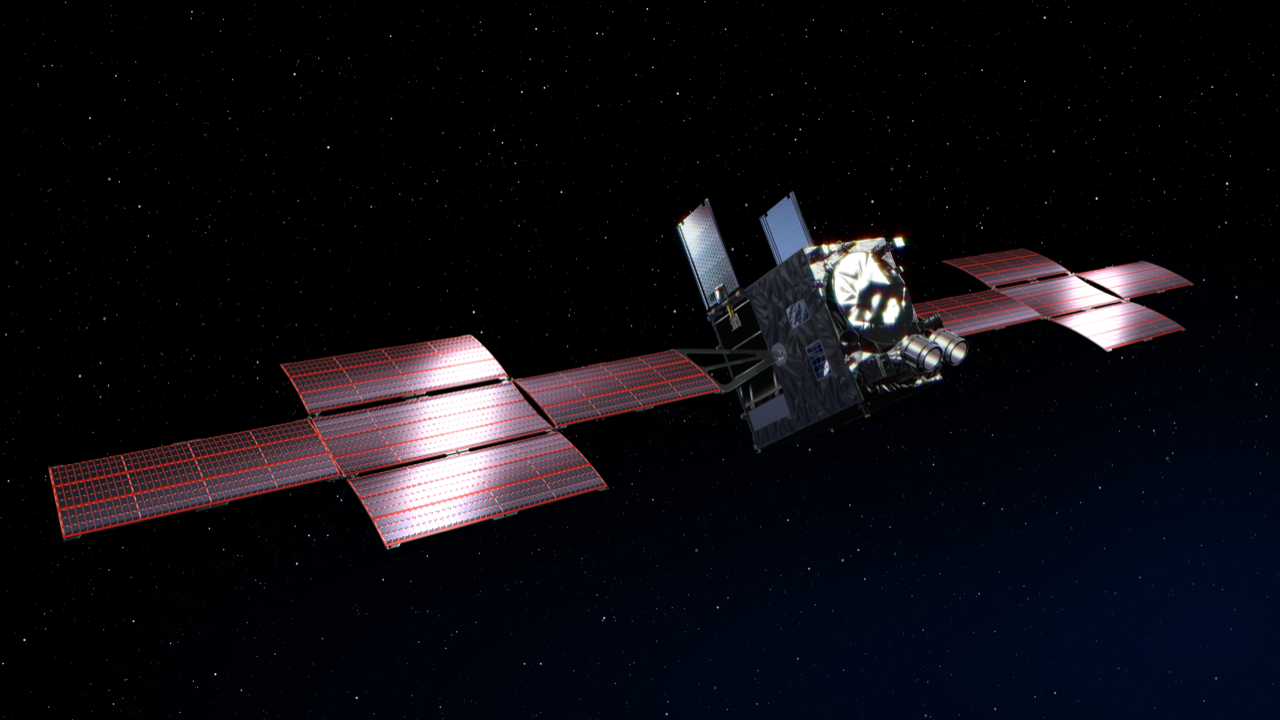Missions
The DOLPHIN mission concept

DOLPHIN(+) is a mission concept proposed to ESA in response to the 2022 F-class call for proposals, to measure interstellar and interplanetary dust in the solar system during the next focusing phase of the solar cycle (2029-2036). It focuses on the dust-heliosphere interaction, dust dynamics and composition.
DOLPHIN stands for "The Dust Observatory to study the LIC, interPlanetary dust, and Heliospheric Interactions in our Neighborhood".
DOLPHIN would reveal the nature of interstellar (ISD) and interplanetary dust particles (IDP), their sources, sinks, dynamics, and their interactions via the numerous processes that alter both the makeup of these particles, as well as their environment. It exploits the unique opportunity provided by the 2030 solar cycle (SC) minimum that coincides with the maximum amount of ISD (and possibly solar system nano dust) in the solar system throughout the solar cycle. The mission’s launch date in 2030/2031 is crucial since it offers a unique opportunity to characterize very small (<100 nm) interstellar dust (see e.g. external page Sterken et al. 2012, 2013). The next such opportunity is only in 2052. Through measuring the smallest sizes that can make it in the solar system, we can also learn about the filtering at the heliosphere boundary.
The mission would make use of compositional and dynamical measurements to answer key questions in planetary and heliospheric science, and astrophysics, through in situ characterization of asteroidal, cometary, and interstellar dust in the Solar System. The satellite would fly up to 23° out of the ecliptic plane near 1AU, allowing for the first time for a comparison of dust properties at different inclinations.
The primary scientific questions are: How much dust comes in from the interstellar space and how much dust leaves the solar system, in which directions and at what time during the solar cycle? How does dust affect the heliosphere physics (and vice versa) through the dust-heliosphere interaction? The focus is on very small (<100 nm) and very large (>1 μm) interstellar dust, and all types of interplanetary dust from nanometer to several microns. DOLPHIN will also answer important questions related to the gas-to-dust mass ratio in the interstellar medium (via the largest grains), the physics and dynamics of (nano)dust and its interaction with the heliosphere, the vertical extent of the zodiacal cloud, and possible differentiation with inclination of the types of dust.
The augmented version of the mission (DOLPHIN+) would include measurements of the plasma (including pickup ions) and magnetic fields, that are invaluable for understanding the dust-heliosphere interaction and dust dynamics.
Interstellar Probe
The external page Interstellar Probe mission study is a NASA funded study to conceptualize a mission to investigate the dynamic heliosphere, and explore nearby interstellar space. The scientific merits of the mission will be multi-disciplinary, reaching from plasma physics to heliosphere science, dust science, planetary science (origins of the solar system), and galaxy evolution. The mission follows up on the first footsteps taken out of the solar system by the two Voyager spacecraft in 2012 and 2018. Our group is involved in making predictions for the interstellar dust flow for the mission and supporting the science case by using the synergies between heliosphere and dust research.

Destiniy+
external page Destiny+ (Demonstration and Experiment of Space Technology for INterplanetary voYage, Phaethon fLyby and dUst Science) is a Japanese-German technology demonstration mission to the active asteroid 3200 Phaeton, with a dust analyzer instrument and two cameras on board. Its launch is foreseen for 2028 and the scientific focus is extraterrestrial dust. Apart from interplanetary dust and the dust ejected from the asteroid Phaeton linked to the Geminids meteor shower, the mission also aims at investigating dynamics and composition of the interstellar dust population using a dust telescope. This is a high mass resolution time-of-flight mass spectrometer with an entrance “trajectory grid” to measure the incoming particle direction. The DDA (Destiny+ Dust Analyzer) is being built under the lead of the Instituteof Space Systems at the University of Stuttgart. Our group is involved for studying the interstellar dust component (predictions and data analysis).

Other Missions
Other missions from which data may be used and collaborations exist are external page Voyager, external page Ulysses, external page Cassini, external page Stardust and external page WIND.